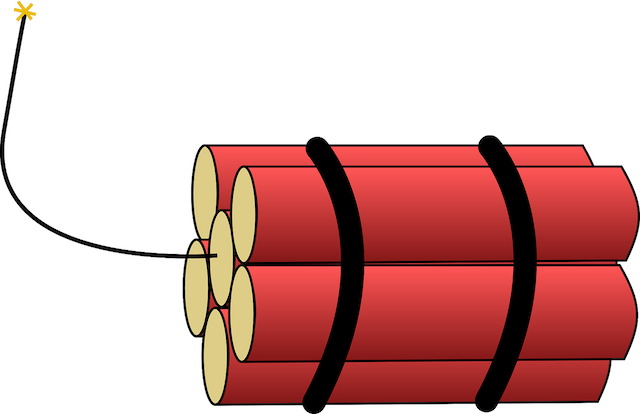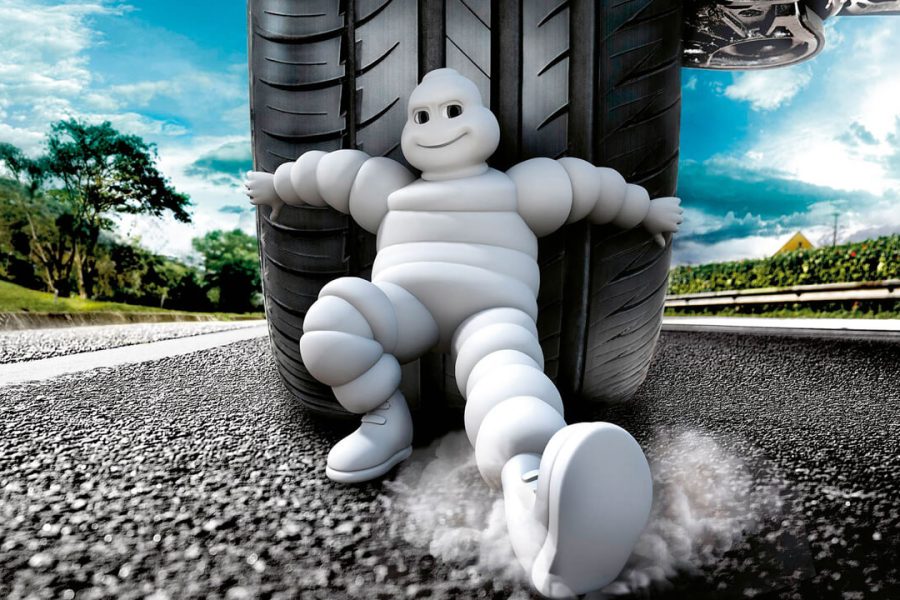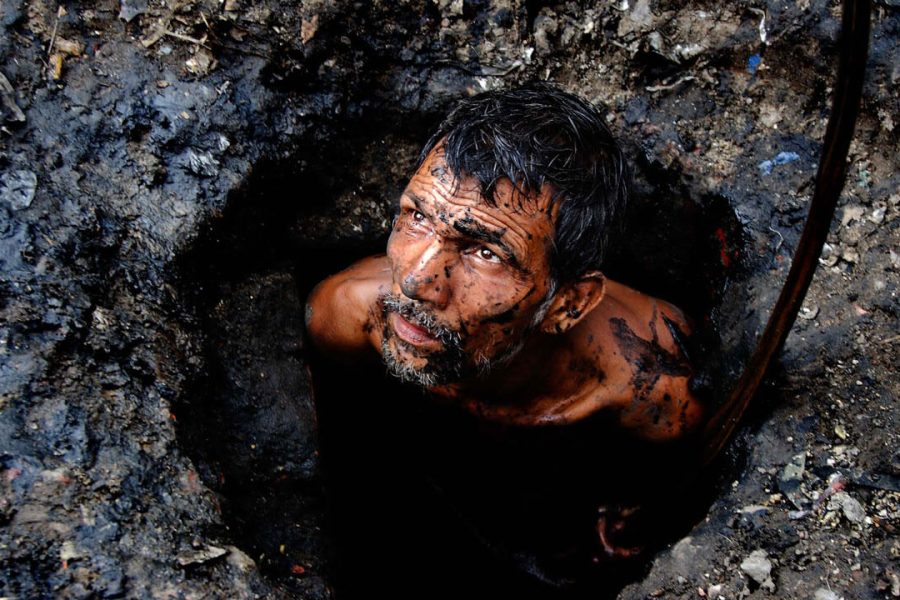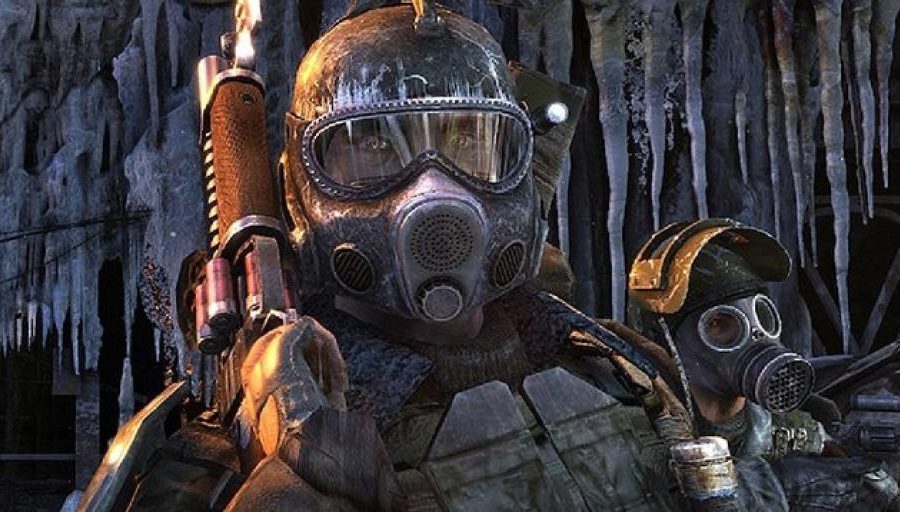Have you ever confused something in your head, or maybe you've been calling things by the wrong name for too long because you thought they were the same? For example, some people call any brown soda a cola, even if it's Pepsi or another regular lemonade of the same color. This can happen for a variety of reasons, and it happens more often than you think. We're willing to bet that you were sure that at least one of these things was the same, even though it's absolutely not.
10. Crack and fissure

Okay, imagine you're out for a walk. The day is warm, the air is crisp and clean, and you're having a great time. Life is good! But then, oh no, the ground gives way beneath your feet and you fall to your doom. Did you just fall into a crevice or a fissure? There's a right and a wrong answer.
Although both words mean a crack in something, they do not refer to the same thing. The roots of each come from the Anglo-French cleft, to break, and for some reason they are used differently.
A crevasse is a larger, deeper break that is usually used to refer to ice only. So, if you were walking on a glacier and it cracked, you fell into a crevasse. If the break was slightly smaller and occurred on the ground itself, you fell into a fissure. When used correctly, a crevasse is much less impressive, in fact it may only be a superficial crack. But a crevasse will seriously ruin your day.
9. TNT and dynamite

In the AC/DC song called TNT The chorus assures listeners that TNT is dynamite. With all due respect to Bon Scott, this was wrong. Unless he was talking about his diversity, TNT and dynamite are not the same thing.
TNT is trinitrotoluene, a yellow crystalline substance. It was discovered in 1863, and although it is explosive, it is not as explosive as dynamite, but it is more stable.
Dynamite dates back to 1867 and was discovered by Nobel Prize winner Alfred Nobel. It is made from nitroglycerin stabilized with diatomaceous earth and sodium carbonate. It made a safer explosive than good old nitro.
A stick of dynamite has a holding tube filled with an absorbent material coated with nitroglycerin and packed with other substances to stabilize it. It is incredibly distant from TNT and, except for its intended purpose, is almost completely different from it in every respect, especially chemically.
When first discovered, TNT was so difficult to detonate that it was not even classified as an explosive, unlike dynamite.
8. Pupa and cocoon

One of the most remarkable transformations in nature is the metamorphosis of a caterpillar into a butterfly. Since it is not a magical act of rapid change, the caterpillar has to prepare itself to become a fancy new flying life form, and how does it do this? Does it form a cocoon or a chrysalis? The answer is a chrysalis. No butterfly emerges from a cocoon because they are not the same thing.
Moths are a good example of cocoon makers, and the difference between a moth cocoon and a butterfly chrysalis is how they are made. Like many creatures, a caterpillar grows by molting. This means that it sheds its old skin as it grows underneath. But when a caterpillar is about to become a butterfly, it never sheds its last skin. Instead, through some funny biology, that skin hardens to form an outer chrysalis that allows the butterfly to form inside.
When a caterpillar becomes a moth, it uses the silk it produces, and sometimes perhaps leaves and other bits of natural material, to form a cocoon around itself. The caterpillar builds the cocoon and then, safely tucked away, begins its transformation. Not all butterflies do this, but most do. However, no butterfly produces silk.
7. A heart attack is not cardiac arrest.

Let's say you're at a restaurant and the person at the next table clutches their chest and falls to the ground. Are they having a heart attack! Or are they going into cardiac arrest? Although these two terms are casually bandied about in pop culture, they are not synonymous and do not refer to the same condition.
A heart attack can cause cardiac arrest, but two different things are happening. A heart attack is caused by a blocked artery. Oxygen-rich blood cannot reach the heart, and that part of the heart, cut off from oxygen and blood, begins to die. This can be a quick process or a long one, depending on several factors. If this happens, you need to seek immediate medical attention because the situation can and will likely get worse.
Cardiac arrest, which again can be caused by a heart attack, is when the heart shuts down and stops pumping blood. However, it doesn't have to be caused by a heart attack, and any abnormal heart rhythm will stop the heart from pumping blood around the body. Your heart stops and you essentially die. CPR or other medical intervention will be needed to restart your heart, otherwise you can die quickly.
6. Kilograms and pounds measure different things.

This is where it gets confusing. Obviously, pounds and kilograms are different units, but are they measuring the same thing? You could also say that a person who weighs 200 pounds weighs 90.72 kilograms. So, in essence, they are two ways of saying the same thing. Or so it would seem, but that is technically incorrect.
Pounds are actually a measure of force or weight, and kilograms are a measure of mass. For 200 pounds to equal 90.72, you have to agree that mass equals force, and it's not the purest science, but it works for most of us, so we leave it alone.
On Earth, none of this matters much. But if you went to the moon, you would still weigh 90.72 kilograms, while your weight would be much less than 200 pounds. In fact, you would weigh about one-sixth as much, because pounds measure the force of gravity acting on you, and gravity is less on the moon.
Mass is a more reliable measure because it is very difficult to change, but weight can change under certain circumstances.
5. Snow leopards and leopards

Snow leopards are one of the most beautiful and rare cats in the world. The WWF estimates that there are between 4,000 and 6,500 of them. They are ideally suited to life in the harsh snowy mountains, where their natural camouflage makes them nearly impossible to spot. It should also be noted that they are not actually leopards, but members of the panther family.
Genetically, although they have the spots you would expect from a leopard, they are more closely related to tigers. In general, we distinguish five species of big cats in the world: lions, tigers, leopards, jaguars and snow leopards, which live on their own.
4. Concrete and cement

This is where people often get it wrong. When you walk your dog on the sidewalk, is it cement or concrete? If you want to be a bit of a semantic and technical geek, you could argue that both work, but we don't. You're walking on concrete. But there is cement.
To make concrete, you need a few things. The first thing you need is cement. Cement is made from limestone, silica, and a few other ingredients that are fired and ground into a very fine powder. When you add water to this superfine powder, you get cement paste. That's halfway to concrete!
All you have to do now is add something like rocks or gravel and you will have concrete. To make proper concrete, the rocks should be no more than one inch in diameter. Of course, if you just add sand, you will have mortar.
Fun fact! Because cement must be fired in a kiln to make it, the chemical reaction releases a lot of CO2. Concrete is the most widely used substance in the world, and about 8% of the world's CO2 emissions come from cement production.
3. Strangulation and suffocation

It's late at night, you're walking around Camp Crystal Lake with Hannibal Lecter, trying to avoid the guy in the Scream mask, and you haven't slept in days because of Freddy Krueger. Suddenly, someone attacks you from behind and pulls a rope around your neck. Is it a choke, or are you being strangled?
Choking and asphyxiation are two completely different things. Simply put, choking is something that happens internally, while strangulation is something that happens externally. You might choke on a delicious burrito, but you'll be strangled by a rope.
More specifically, choking occurs when something blocks the windpipe and prevents air from getting into the lungs. Choking is when something presses on the neck and compresses the windpipe, preventing air from flowing. Of course, this can happen accidentally, but much more often than choking, it can be intentional.
2. Macaroni and macaroons

For a long time, the average person probably had no idea what a macaron was. But then foodie culture exploded, everyone and their uncle watched Iron Chef, and the discerning dessert lover in all of us was just dying to try a delicious macaron. Or was it a macaroon?
Macarons are different from macarons in a few ways. The typical macaroon is a drop cookie, meaning you scoop up the mixture, drizzle it on with a spoon, and bam, there it is. They are made with coconut and beaten egg whites, baked, and coated in chocolate. Some people make them with oatmeal and a few other ingredients and make a no-bake version, sometimes called a haystack, that doesn't include eggs.
A macaron is a sandwich cookie where the sandwich part is an egg white meringue cookie that you bake. It should be slightly crispy on the outside but chewy on the inside and fairly thin. Then you fill the sandwich with some kind of cream, ganache, or whatever.
The name is so similar because they have the same origins back in Italy, when both were made from ground almonds, and then evolved in different ways to become completely different treats.
1. Titles and subtitles

In 2022, a survey of 1,200 people found that 50% of us watch TV with subtitles, which is pretty significant. So what makes subtitles so appealing? There could be a number of reasons, from poor audio mixing to poor speaker placement. But it’s also worth remembering that subtitles and captions are different things, even though people use the words interchangeably.
Subtitles are added to films many times by the filmmakers, and sometimes later by distributors if they are available in other language markets. They are designed to translate dialogue from one language to another so you know what the characters are saying.
Subtitles, on the other hand, are designed for the hearing impaired to read the dialogue regardless of the language. This is what most people turn on now to follow because it is too hard to understand what people are saying on TV and no one seems to want to fix it.













Оставить Комментарий